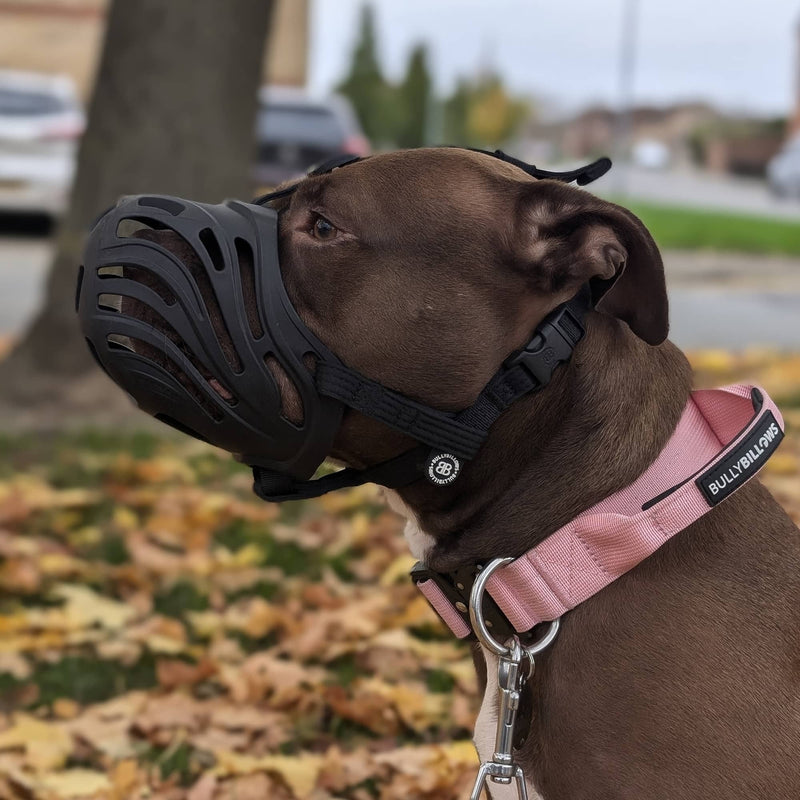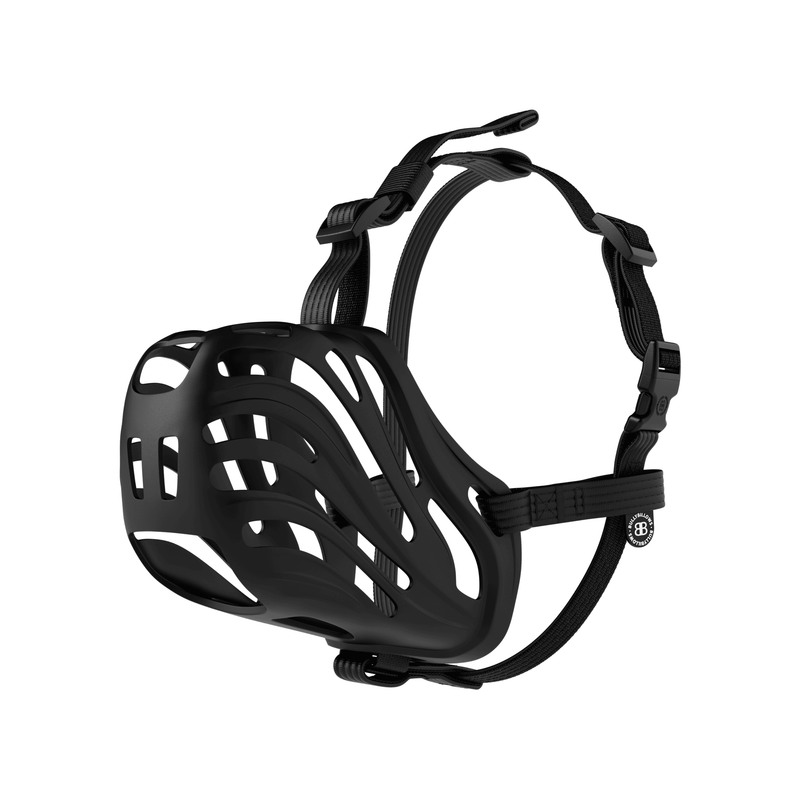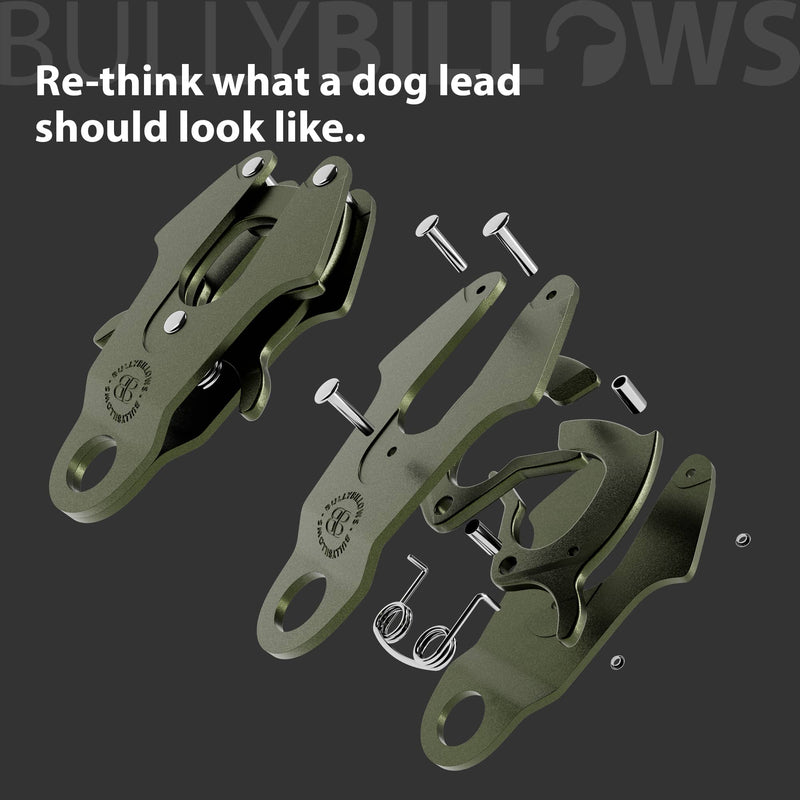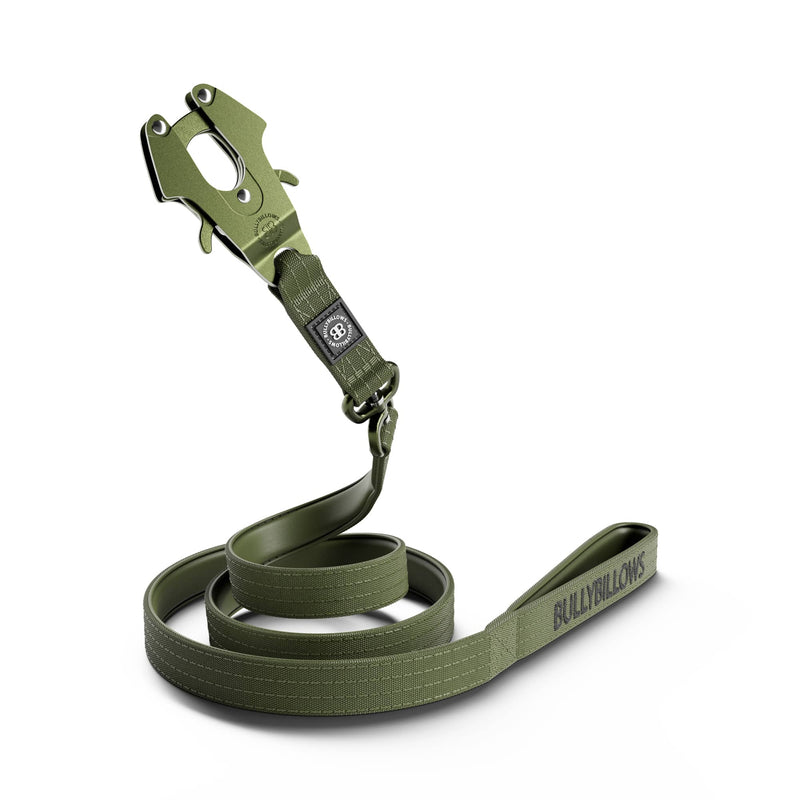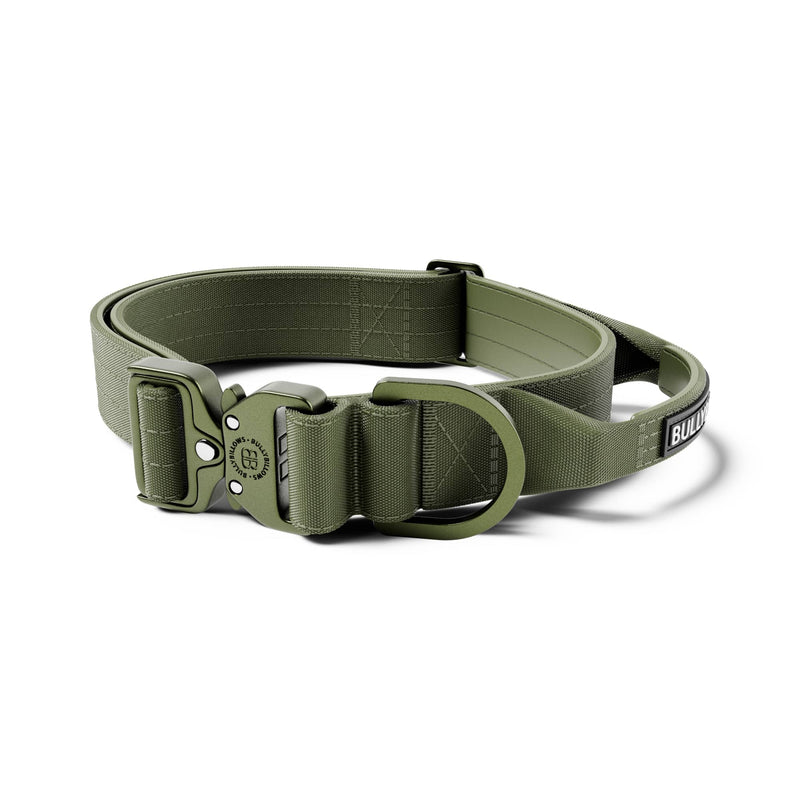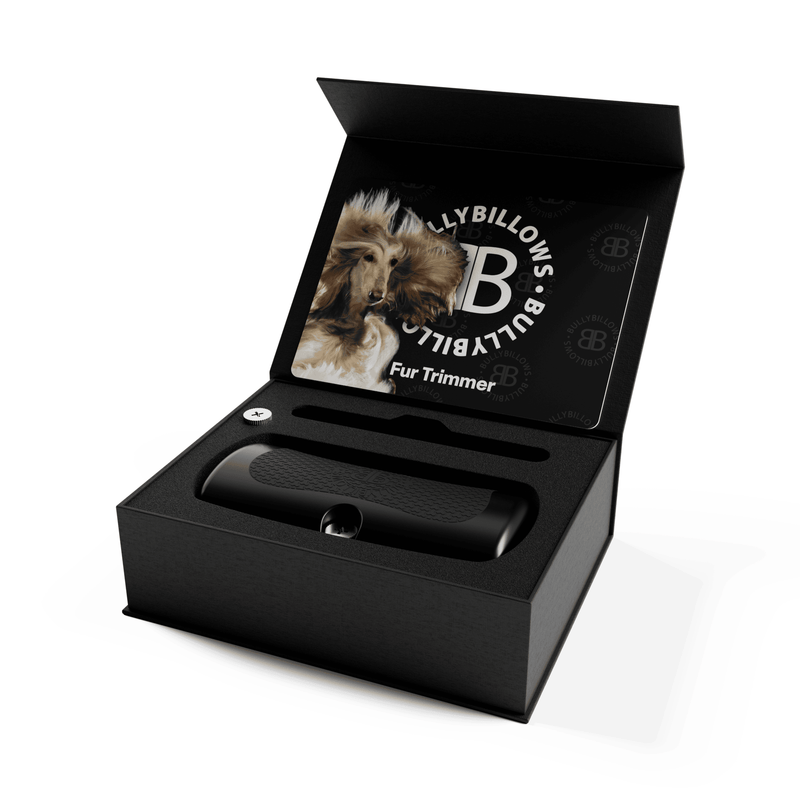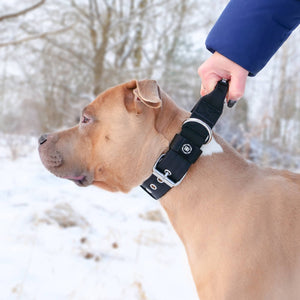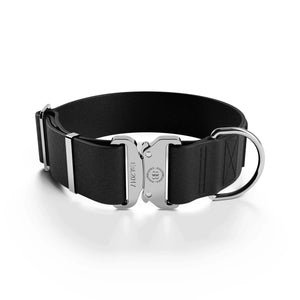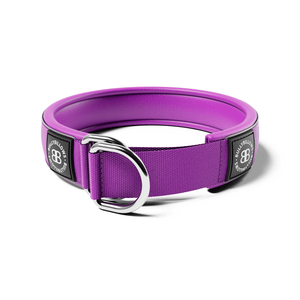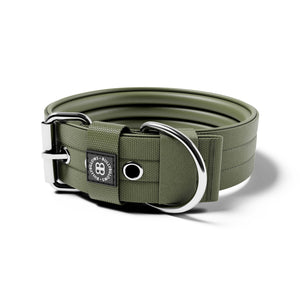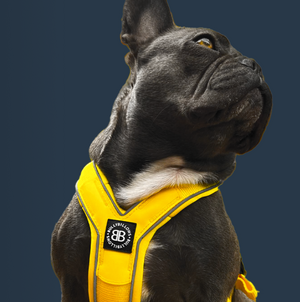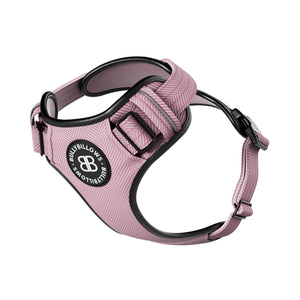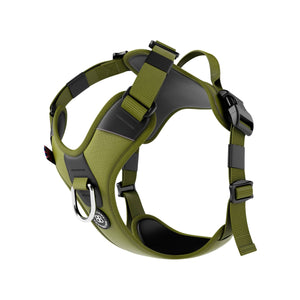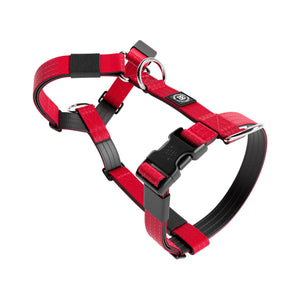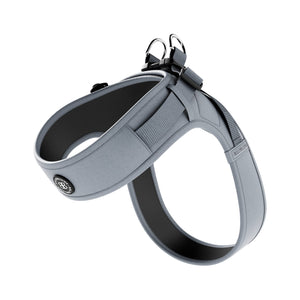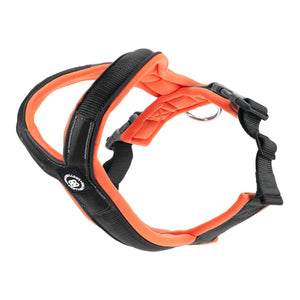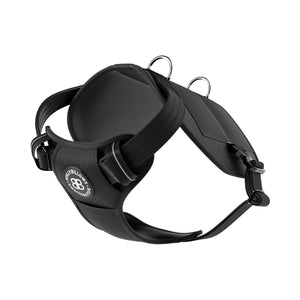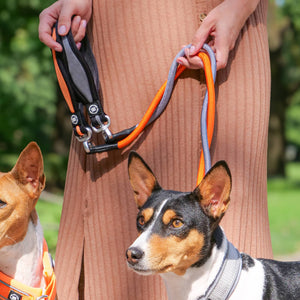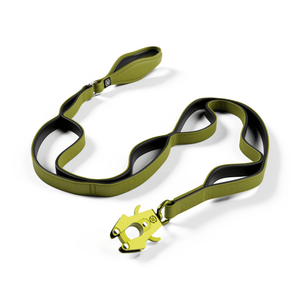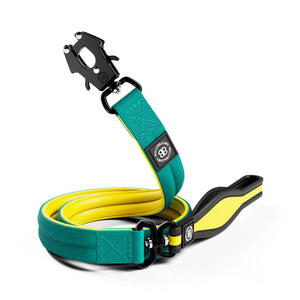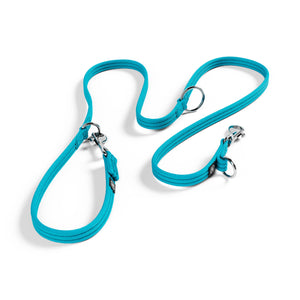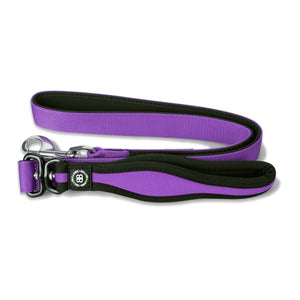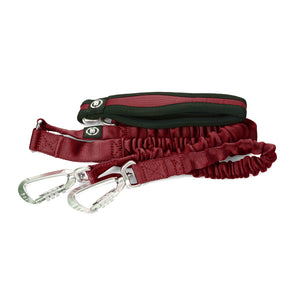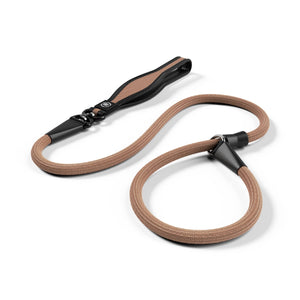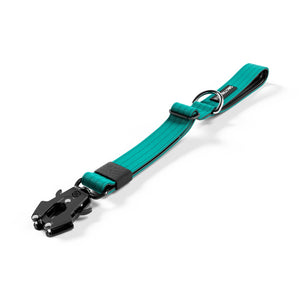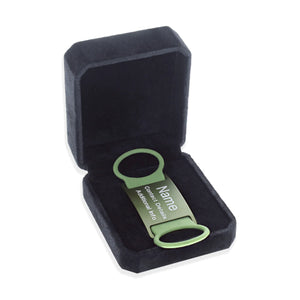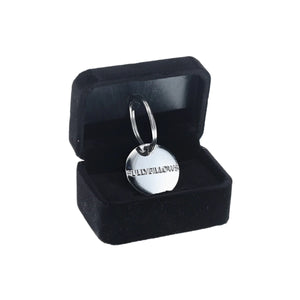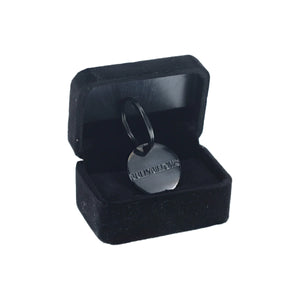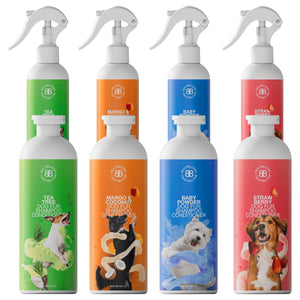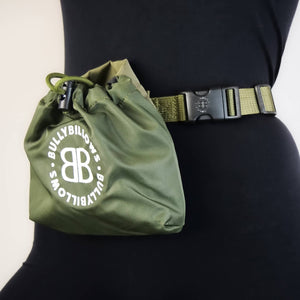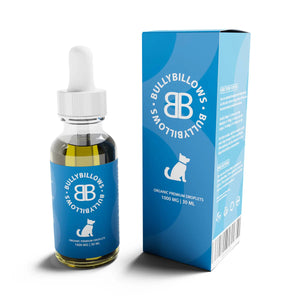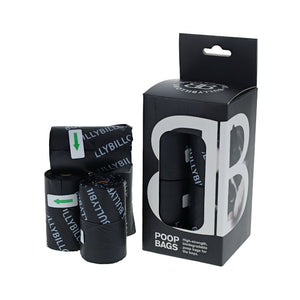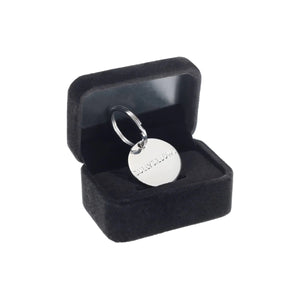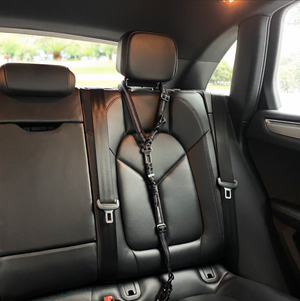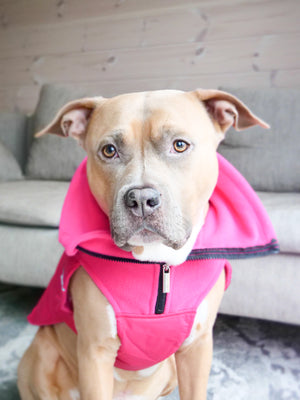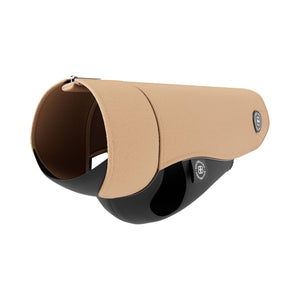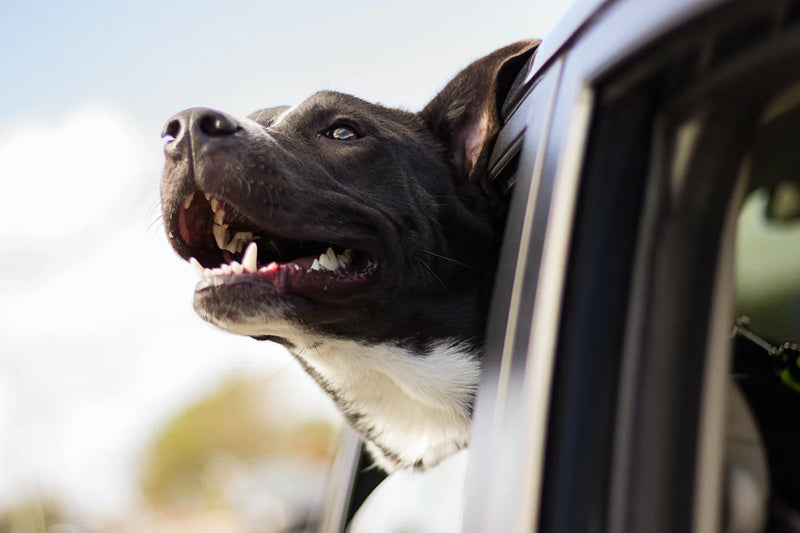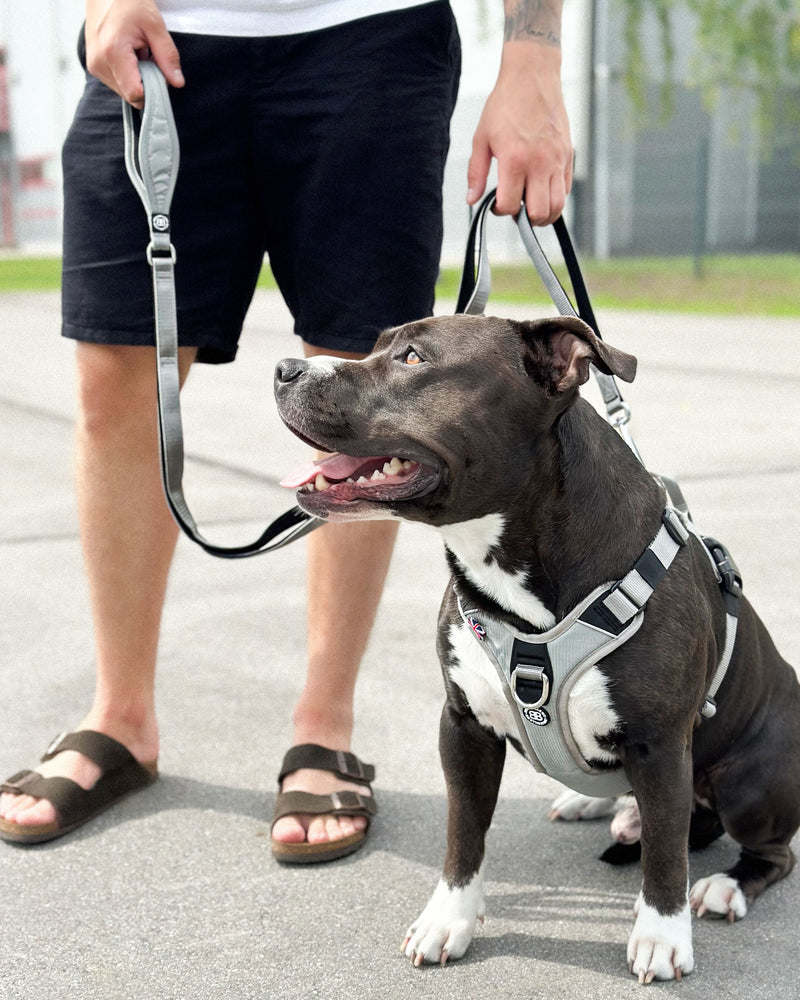One of the most exciting things about owning a dog is planning all the places you want to travel with them. Beaches, mountains, cities—wherever you go, having your pooch by your side to share the experience is pretty special.
It isn’t always all puppuccinos and sunset selfies though. Getting from A to B to C can be pretty unpleasant if your pet suffers from travel sickness, so it’s important to consider their needs and comfort when plotting your itinerary.
Keep reading to learn more about dog travel sickness and our top tips on preventing your furry passengers from feeling queasy on long car journeys.
Do dogs suffer from travel sickness?
Yes! Just like us humans, dogs can get travel sick when they’re in a car or any other form of transport like a bus, train, boat, or aeroplane. They can experience motion sickness in exactly the same way we do.
Dog travel sickness is most common in puppies and very young dogs and they typically tend to grow out of it by the time they’re around the age of one.
However, some dogs can continue to experience travel sickness throughout their whole life. If an older dog has another health-related issue that makes them more likely to feel nauseous, for example, this can cause travel sickness even in later life.
Signs a dog is feeling travel sick
How many times have you wished you could just speak to your dog? It would make it a whole lot easier to manage their travel sickness if you could, right? Fortunately, there are some clear signs your pooch is feeling travel sick to look out for.
Common dog sickness symptoms include:
-
Drooling - drooling and licking the lips repeatedly is a common sign of nausea.
-
Yawning - continuous yawning is another signal that your dog has an upset stomach.
-
Whining - whining is a telltale sign that your pooch isn’t feeling quite right.
-
Restlessness - if your dog feels motion sick, they may be restless, unable to relax, and change positions frequently.
- Low energy - lethargy is a sign your pet is feeling under the weather or down in the dumps.
It also goes without saying that vomiting and (sometimes) diarrhoea are clear signs and symptoms of dog travel sickness.
Why do dogs get travel sick?
The scientific reason why dogs can get travel sick is the same as in humans—a misalignment between visual (eyes) and vestibular (inner ear) signals being sent to the brain.
Basically, this just means the brain is being sent mixed messages by the eyes and the ears which are responsible for stability and balance.
When a car (or other form of transport) is in motion, the eyes can see something different from what the inner ears sense. This confuses the brain and causes the queasy feeling (nausea) associated with travel sickness.
That’s why dog sickness when travelling is most common in puppies and young dogs—because the structure of their inner ears isn’t fully developed yet.
Other reasons why dogs get sick when travelling
As well as the physical and biological reasons to explain travel sickness, there are some other reasons why your pooch might feel poorly when you’re on the move, including:
Anxiety
Getting in a car, hopping on a bus, jumping on a train, flying on a plane—these are all things that are normal to us humans. They can feel pretty weird for our pets though who aren’t as used to being strapped into metal objects and propelled forward at speed.
Travelling can make some dogs experience high levels of anxiety, which can lead to symptoms like nausea, vomiting, diarrhoea, whining, and pacing. This can be enhanced by being in confined spaces like travel crates and car boots.
Not being a frequent traveller
If your dog doesn’t travel very regularly or has never travelled before, this can heighten anxiety or just make them more susceptible to travel sickness as they aren’t used to the motion.
Hopefully, if your four-legged friend does struggle with motion sickness in the early stages, it will lessen over time and with more experience of travel.
Negative associations
Your dog may associate your car, the bus, the train, etc., with past experiences that made them feel anxious, scared, or threatened. Trips to the vets are a common example of this.
Connecting travel with these negative memories can cause your pet to show symptoms similar to those of travel sickness such as pacing, panting, whimpering, lethargy, and even vomiting and diarrhoea.
How to prevent dog sickness on long car journeys
Now you have confirmation that yes, indeed, dog travel sickness is a real thing and you know how to spot the symptoms, let’s take a look at how to prevent and treat it.
Most of these tips and tricks also apply if you’re travelling via bus, train, boat, plane, etc., so make sure to follow them for a smooth, stress-free journey for you and your four-legged travel companion.
Do some travel training
Acclimatising your pet to the travel process is an effective way to make dog travel sickness more manageable. While it won’t change the scientific reasons behind motion sickness, it will help them feel less anxious and unsettled.
Start by simply packing your dog into the car as you would if you were going to set off. Next time, do the same but take a short drive around the block. Next time, go a little further, etc., and build up to the full-length journey that way.
Remember to reward good behaviour
As with any kind of dog or puppy training, rewarding good behaviour is key to keeping it up. So, whether it’s to coax your pup into their travel crate or to praise them for staying calm in transit, always have some treats to hand.
You could even consider keeping a separate treat pouch where you keep tidbits dedicated solely to travel. That way, it’s something for your dog to look forward to about travelling and helps you reinforce the right behaviour.
Just remember not to overfeed your dog when travelling as this could just make any motion sickness much worse.
Pack some of your pooch’s home comforts
Whether it’s one of your unwashed t-shirts, their favourite toy, or a cosy dog blanket that smells like home, packing some comforts for the journey will help your fur baby feel safe and relaxed.
When they feel calm and settled, they’re less likely to experience travel-related anxiety and more likely to snooze the time away instead of being wide awake, uncomfortable, and restless.
Use a carrier or safety harness
Whenever your dog is travelling anywhere you should always use a carrier, travel crate, and/or harness for their safety—in the same way you would always wear a seatbelt.
However, using a travel crate or safety harness has another benefit and that’s keeping your pooch as still as possible during the journey. Moving around is not only super unsafe, but it is only going to make motion sickness worse.
Allow them to travel facing forward
When positioning your pet for travel, make sure they’re facing forward. This will lead to less head movement and help reduce the sensory mismatch between the eyes, ears, and brain to keep nausea at bay.
Keep the car cool and well-ventilated
Use the aircon and crack a window to keep the car at a comfortable temperature and fresh air circulating. This will help reduce nausea and get rid of any smells that may be making your pet feel sick.
On a similar topic, it’s also a good idea to keep your road trip playlist as quiet and calm as possible to keep your pooch settled.
Limit eating a few hours before travel
If possible, plot your travel around your pet’s eating schedule—travelling on a full stomach is not a good idea if you think your dog might experience travel sickness. We would recommend avoiding feeding them 6-8 hours before you set off if you’re able to.
Take frequent breaks along the way
Plan regular stops on your journey if you can so that your dog can stretch, get some fresh air, relieve themselves, and burn off any anxious energy that has been building up.
Set off with plenty of time to do this so that you’re not rushing your pet and heightening negative feelings any further.
Consult your vet
If you’re struggling to manage your dog’s sickness with all of the above techniques, we would always advise making an appointment with your vet. They will be able to consider your pet’s symptoms and share their expert medical advice.
A vet may prescribe anti-nausea or anti-anxiety medication whenever you travel with your dog so they can enjoy a more peaceful journey.
Get all your dog travel accessories right here at BullyBillows
Ready to take your dog on the road? Got upcoming travel plans with your pooch? We’ll help make sure you’re well-prepared with all the essentials.
Here at BullyBillows, we stock a wide range of high-quality harnesses, dog walking gear, treat pouches, and comfortable safety muzzles, so we’ve got you and your pet covered.
Check out our range of engraved dog ID tags too because when you’re far away from home, it’s more important than ever to ensure your beloved fur baby can be easily identified.
For more news, advice and product buying guides check out the rest of our blog…

